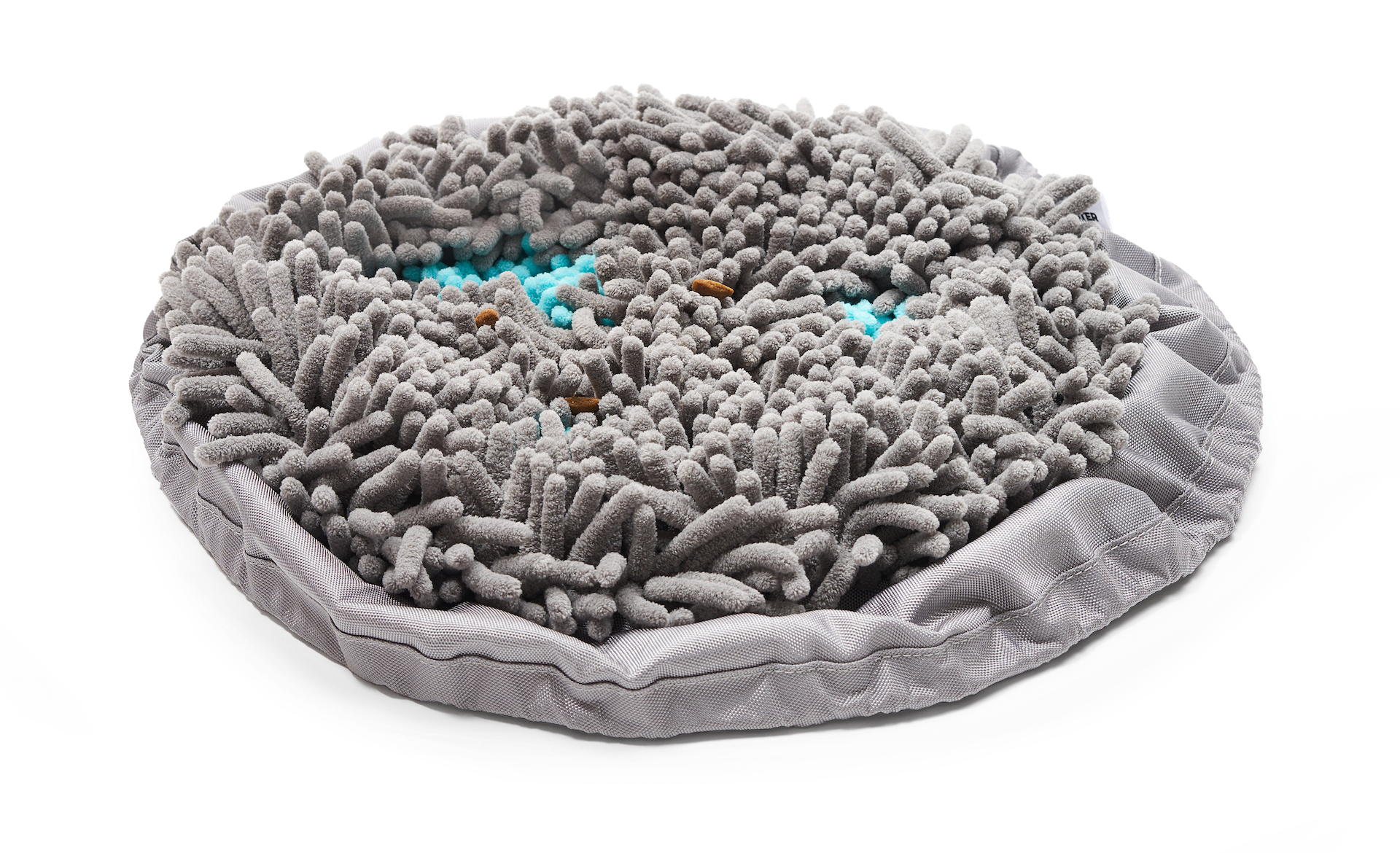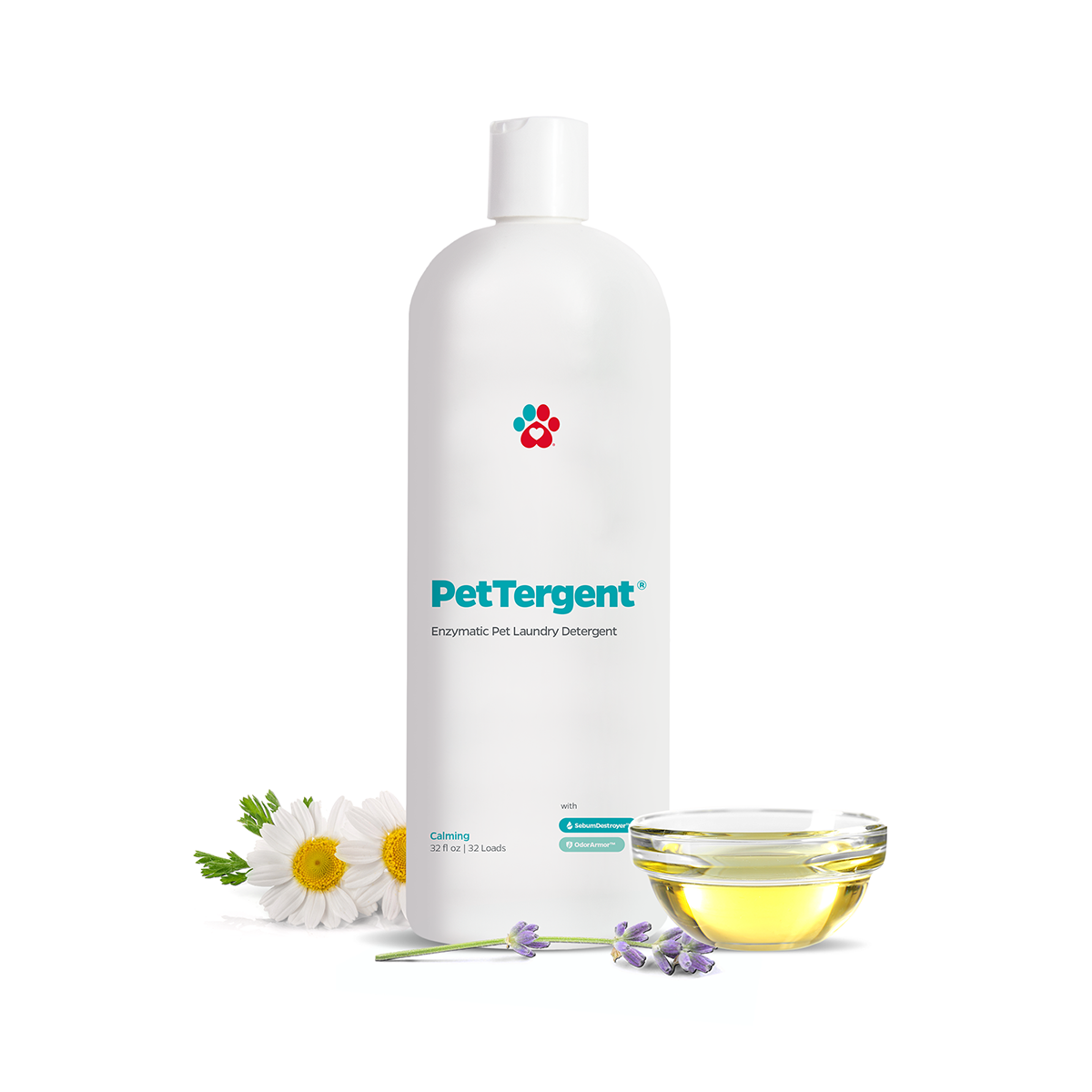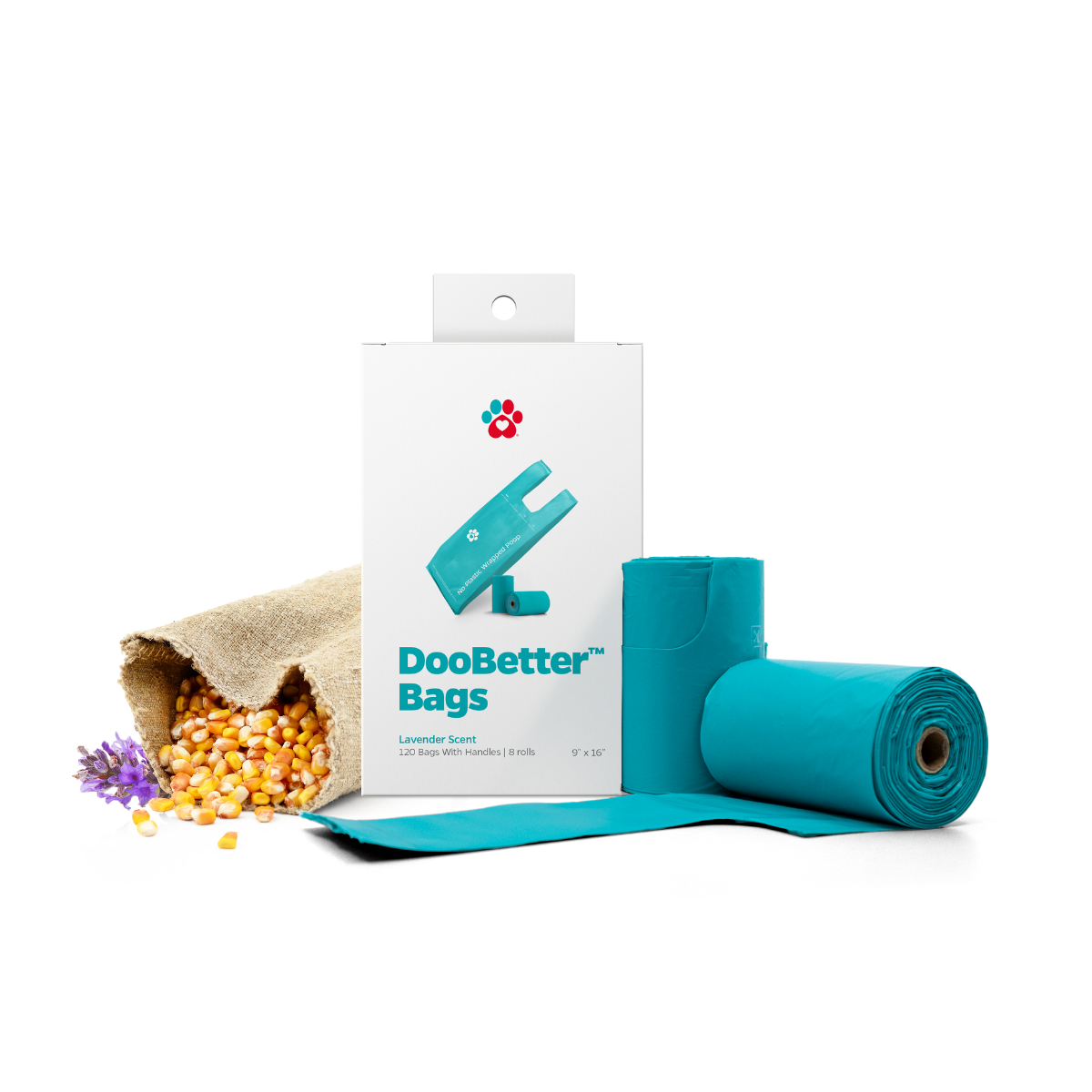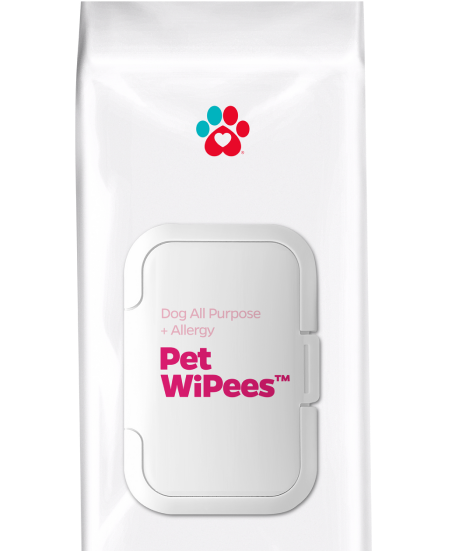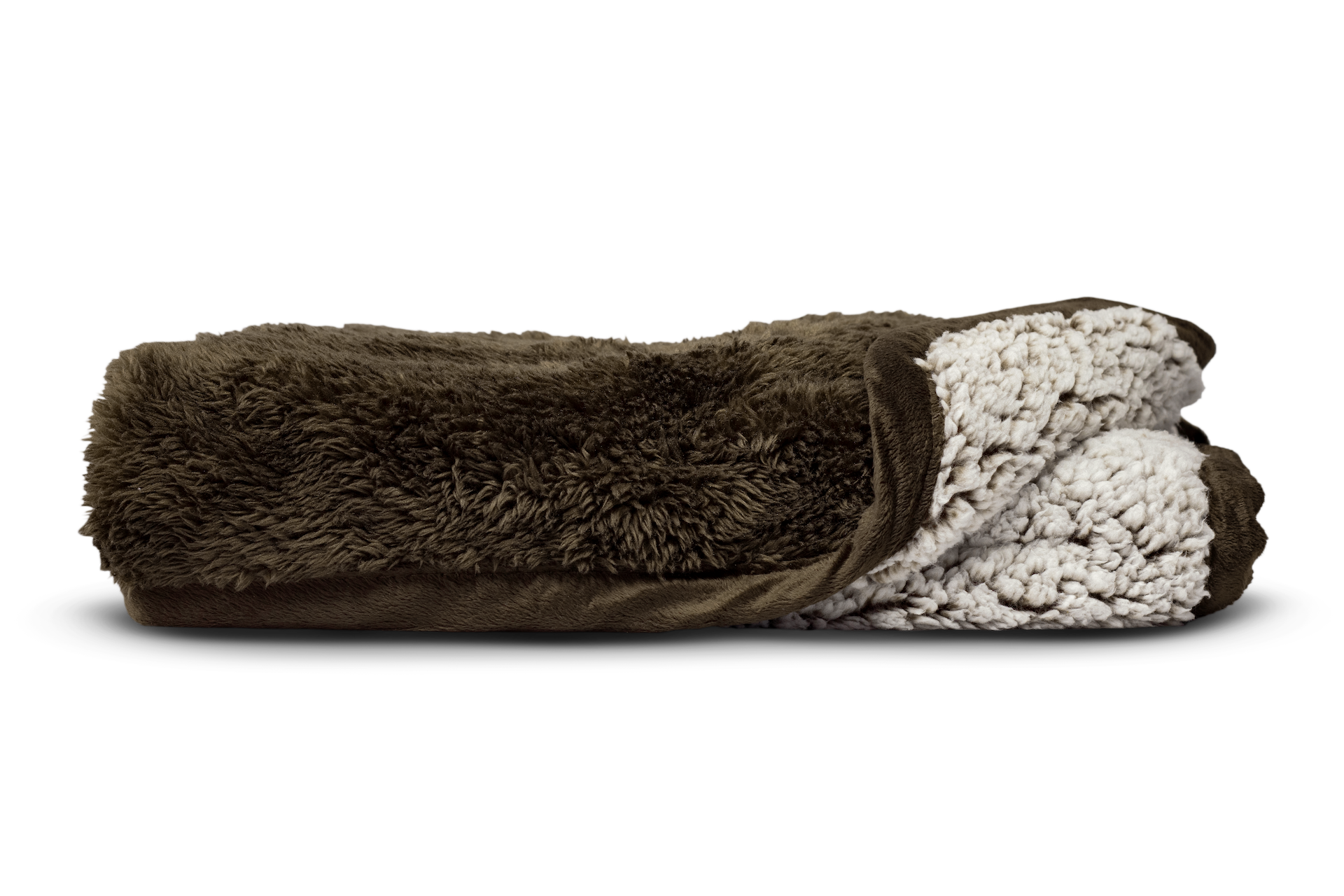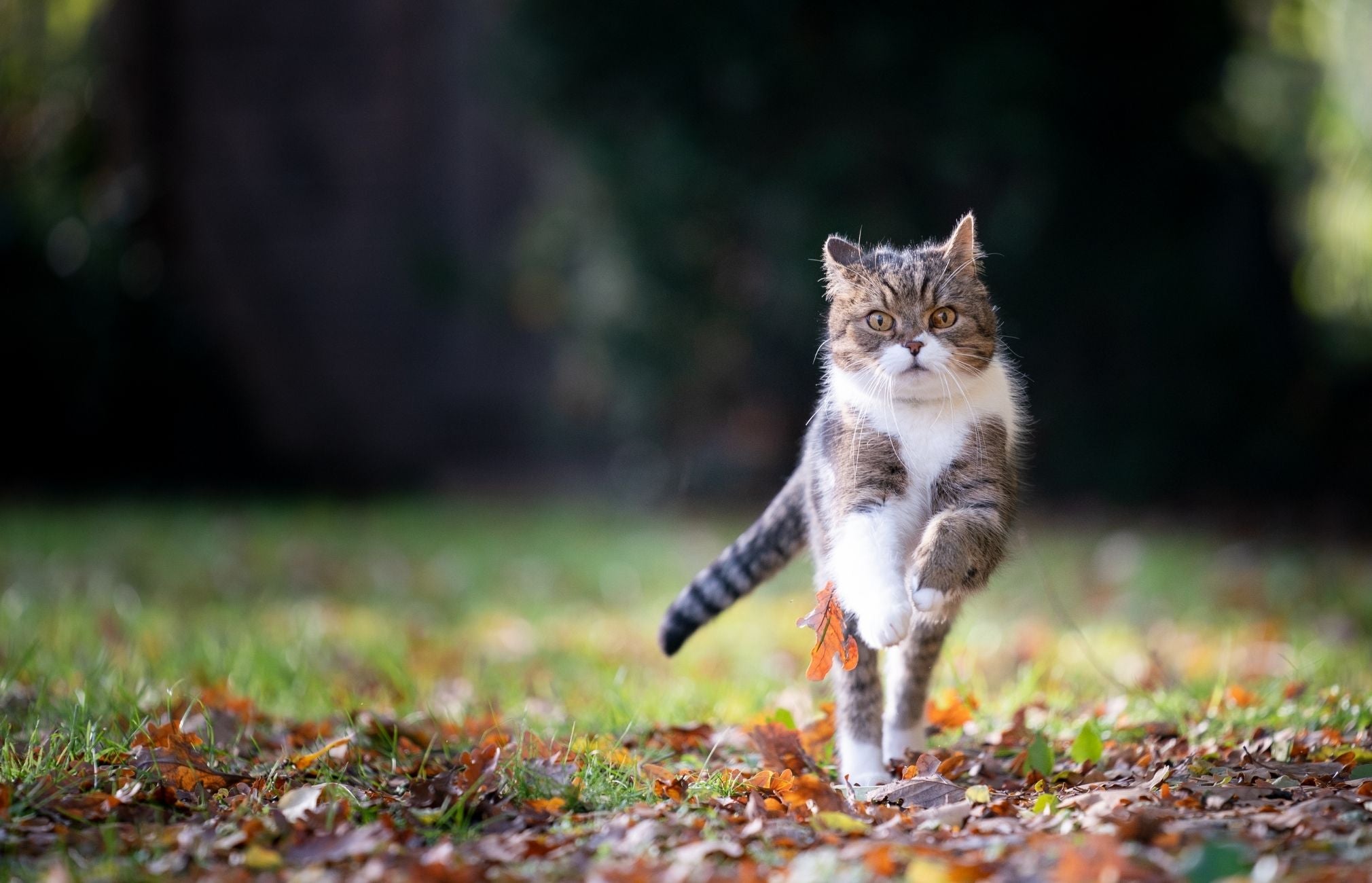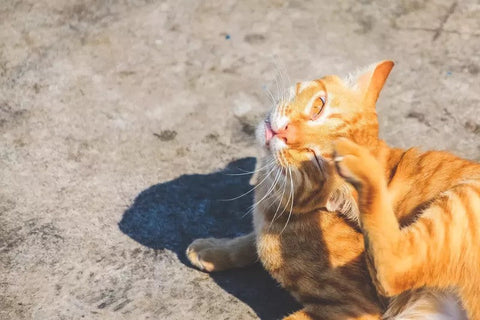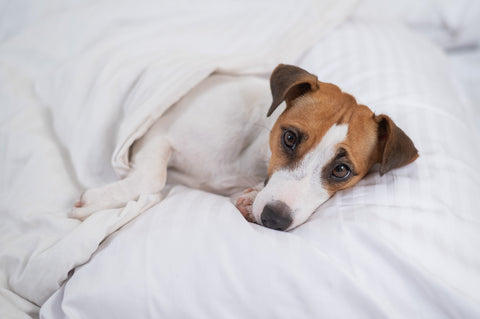Cats hold a special place in many pet parents’ hearts and with good reason. These cute, furry creatures have a way of remaining incredibly independent while still showing love and affection. Their inquisitiveness makes for countless amusing moments, and simply stroking or cuddling with them can have amazing cathartic benefits. In light of these unique traits, it’s no wonder cats have endeared themselves to us.

"Due to the unique body chemistry of cats, their kidneys begin declining almost from birth."
More than 25 million people in the United States share their homes with cats according to the latest reports from the American Veterinary Medical Association. As many of them have already found out, cats tend to suffer from certain health issues. Kidney problems are among the most common. By understanding these conditions and how to handle them, you can help your cat live longer, happier, and enjoy a better quality of life.
Common Kidney Conditions in Cats
Studies show at least one in three cats suffers from kidney disease. In fact, it’s the leading cause of death in senior cats. Experts point out all cats will eventually die from kidney failure unless another fatal condition occurs.
Due to the unique body chemistry of cats, their kidneys begin declining almost from birth. Filtering out toxins and waste takes its toll on the urinary system, and evidence of this usually begins fairly early in their lives. For some, the early stages of kidney disease appear at three or four years of age though most don’t begin showing significant signs until they’re around six or seven years old.
In addition to kidney disease and, ultimately, failure, our furbabies develop numerous other urinary issues throughout their lifetime. Kidney and urinary tract infections are typical as are kidney and bladder stones and blockages. Those infections, stones, and blockages generally lead to kidney disease and failure.
Why Are Kidney Problems Dangerous for Cats?
Healthy kidneys serve a number of purposes. They help remove waste, toxins, and excess fluids from the body. They also aid in balancing electrolytes and release hormones that help regulate blood pressure. Kidneys likewise produce a version of Vitamin D that helps with the absorption of calcium and keeping your cat’s bones strong. At the same time, kidneys control the production of new red blood cells.
All this depends on the kidneys and urinary system working properly. When they begin to fail, several additional health issues can ensue. Elevated blood pressure, a buildup of toxins, reduced oxygen levels, dehydration, and bone loss are only a few of the possibilities.
Signs Your Cat May Have Kidney Issues
Your cat’s veterinarian can perform tests to determine how well their kidneys are functioning. These tests generally look for elevated levels of urea nitrogen or creatinine in the blood. Kitty’s kidneys should filter these elements out of the blood and eliminate them through urine. When the kidneys aren’t working properly, those waste products remain in the bloodstream.
Kidney problems in cats are typically not obvious at first. They often don’t become apparent until the later stages of chronic kidney disease. By that time, up to 66 percent of your cat’s kidney tissues are damaged and much of their function is lost. All that being said, certain telltale signs can be early indications of kidney issues.
- Frequent Urination: You may notice your cat visiting the litter box more than usual. Many pet parents mistake this for a sign that their cats’ kidneys are working properly, but the opposite is actually true. It means your cat isn’t holding onto fluids as well as he or she should.
- Urinating Outside the Litter Box: When a cat begins urinating in areas other than the litter box, this could be a sign of urinary discomfort or sudden and uncontrollable urges.
- Constipation: Pooping regularly helps eliminate harmful waste and toxins from a cat’s body. In order for this to happen, a certain amount of excess moisture must be present. Constipation could mean your cat’s kidney function is declining.
- Drinking More Than Usual: Since kidney decline prevents cats from retaining fluids properly, it also makes them unusually thirsty. If so, your cat may start drinking more water than normal.
- Dry Skin and Fur: For us humans, dehydration can cause dry skin. Extreme cases can also lead to very dry hair. This is also true for cats. Pull up a tuft of skin on the back of your cat’s neck. If it doesn’t bounce back immediately, he or she may be dehydrated due to kidney issues. Also look for dry, dull fur that doesn’t shine like it once did.
- Bad Breath: Cats aren’t exactly known for having fresh breath, but a change in breath odor is a surefire sign of decreased kidney function. If you notice your cat’s breath smells a bit like ammonia, their kidneys may not be properly eliminating toxins through urine.
- Less Frequent Urination: If you begin noticing fewer clumps in the litter box or none at all, this is a definitive sign your cat may have a kidney or bladder blockage. This, too, could allow toxins to build up in their body or even cause the bladder to rupture if not treated quickly. This is more commonly seen in male cats than female.
Vomiting, loss of appetite, weight loss, depression, and lethargy may also be symptoms of kidney and urinary tract issues. Keep a close watch over your cat. If any of these indications appear or your cat simply doesn’t seem to be acting normally, schedule a trip to the vet as soon as possible.
Treating and Managing Cat Kidney Problems
Kidney and bladder stones can be treated. In many cases, this requires surgery to remove the stones. Antibiotics and other supplements may be used to help clear up urinary tract infections. On the other hand, kidney disease can’t be reversed. Once your cat is diagnosed with kidney disease or failure, you can only manage its effects.
At the most basic level, this means controlling accidents. Cat diapers can be immensely helpful. Make sure to provide your cat with premium cat diapers like that of Pet Parents®. Pet Parents® Washable Cat Diapers keep stains, odors, and germs from getting on your carpet and furniture. At the same time, these cat diapers are perfect for containing accidents during road trips. Made with a hook & loop system, Pet Parents® Washable Cat Diapers help support many cat body types while providing a leak-proof, comfy fit. Additionally, these cat diapers are made of soft non-abrasive WickQuick® proprietary fabric that wicks away liquid fast, preventing diaper rash and urine burns. Cat diapers also help prevent licking for cats with urinary tract infections and other issues.
- Increasing Fluid Intake: Always be sure plenty of fresh water is available to your cat. If possible, leave a faucet dripping slightly because some cats prefer freely flowing water over that standing in their bowls. Of course, you can lead a cat to water but can’t force it to drink. You may have to inject fluids under your cat’s skin or take them to the vet for regular intravenous fluids.
- Controlled Diet: Cat diets for kidney issues include reduced amounts of protein. Because of this, it’s important to ensure the protein in your cat’s food is of the highest possible quality. This helps minimize the amount of waste the cat needs to eliminate through the kidneys. Minimal amounts of phosphorus and sodium in your cat’s food can help combat high blood pressure and other health issues caused by reduced kidney function.
- Calcitriol Supplements: Adding calcitriol supplements to your cat’s diet helps make up for the reduced active vitamin D production caused by kidney disease. This also aids in mitigating bone loss and helps slow the progression of kidney disease among other benefits.
Aside from those measures, your cat’s veterinarian can offer numerous medications for feline kidney disease. Some ease pain, nausea, and other common symptoms. Other medications and supplements aid in reducing the dangerous effects of decreased kidney function.
Various additional tools can also go a long way toward dealing with cat kidney issues. You might consider placing Pet Parents® Pawtect® Pads near litter boxes and in other areas throughout the home. Kidney problems often cause pain in the back and thighs, making climbing into the litter box painful and difficult for your cat. Pet Parents® Pawtect® Pads give them less stressful and uncomfortable alternatives while containing the mess and making it easier to clean up.
If your cat has accidents on the furniture, a pet-repelling mat might be the answer. Cats don’t like the sound of these mats or the way they feel on their paws. As such, they might help keep your cat off the sofa, chairs, and beds so stains, odors, and germs won’t be an issue.

"Pawtect® Pads make it easier for you as a cat parent by containing the mess, making it easier for you to clean up, and providing you the ease of throwing them in the wash."
All Things Considered
Virtually all cats suffer from urinary problems, and kidney disease is the leading factor in cat death. Though there’s no cure for kidney disease, you and your cat’s vet can help manage the symptoms and long-term effects of this condition.
Keep an eye out for the initial warning signs of kidney and urinary tract issues because early detection is the key to effective treatment. Be sure to take your cat to the vet for regular checkups as well. Blood tests can often detect kidney issues long before the first outward warning signs appear. These measures can help your cat live a longer, healthier, happier life even in the face of kidney disease.

